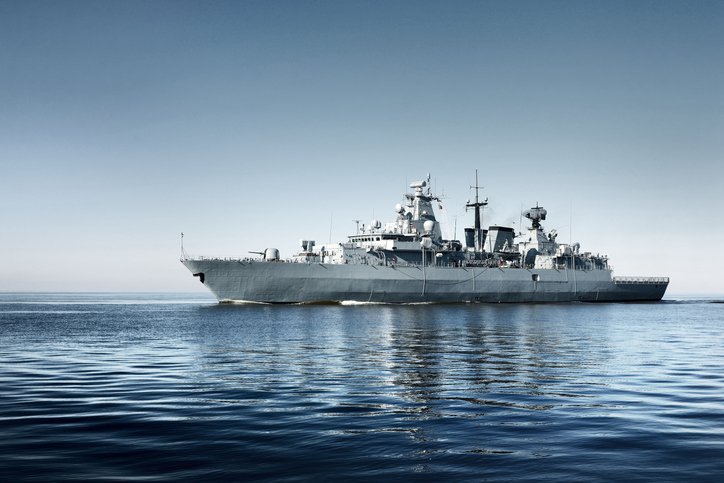
According to Reuters, the US is seeking to revive its Cold War-era submarine monitoring network in the wake of China’s expanding naval capability. According to the report, the US Navy has renamed its monitoring system on Whidbey Island, off the coast of Seattle, Theater Undersea Surveillance Command, with the new mission of modernizing America’s existing network of underwater acoustic spy cables and retrofitting a fleet of surveillance ships with cutting-edge sensors and subsea microphones. The first network of hidden spy cables was deliberately laid on the ocean floor decades ago to watch Soviet submarines.
The Navy’s current strategy includes the use of unmanned sea drones to detect adversary vessels, the placement of portable “underwater satellite” sensors on the seafloor for submarine surveillance, the use of satellites to track ships via radio frequencies, and the use of AI software for rapid maritime intelligence analysis. The US Navy has also been rapidly signing new contracts to upgrade its submarine infrastructure, corroborating the speculations. Over 30 surveillance-related agreements have been signed in the last three years. These agreements featured leaders in the defense industry as well as budding startups specializing in unmanned maritime drones and AI processing.
China is aggressively constructing its own marine spying program known as the “Great Underwater Wall”
A Reuters examination of ship-tracking data and satellite photographs also revealed new details about the Navy’s covert undersea cable construction efforts. Meanwhile, China is aggressively constructing its own marine spying program known as the “Great Underwater Wall,” according to two US Navy insiders cited by Reuters. This network, which is now being built, consists of sonar-equipped cables deployed along the South China Sea seafloor—a region defined by territorial disputes between Beijing and its neighbors.
China is also building a fleet of undersea and surface sea drones to detect submarines. China’s maritime interests extend into the Pacific, with the state-run China Academy of Sciences revealing in 2018 the operation of two underwater sensors: one in the Mariana Trench’s Challenger Deep, Earth’s deepest point, and the other near Yap, a Federated States of Micronesia island. While China claims these sensors are for scientific purposes, US Navy officials say they may be used for anything.





